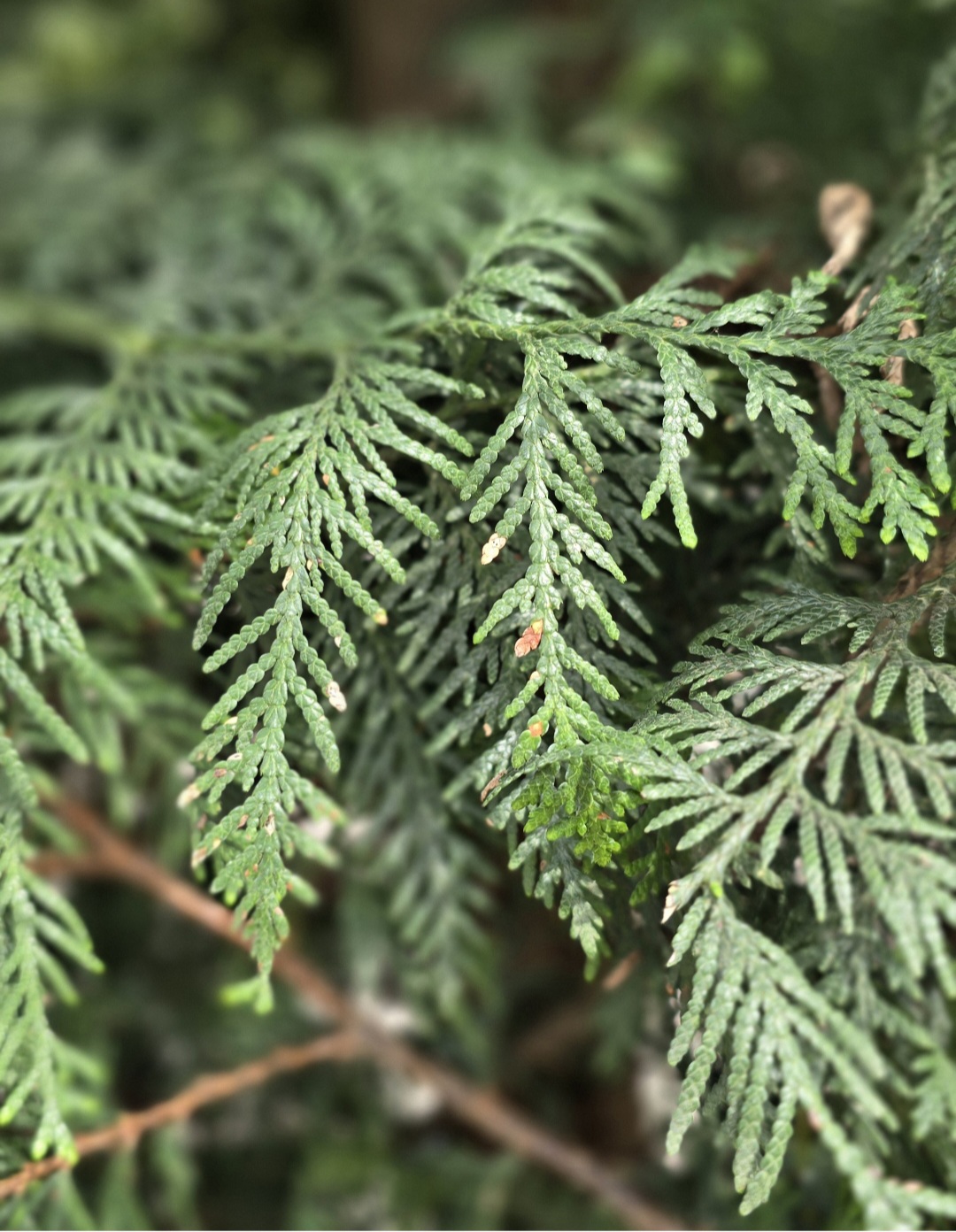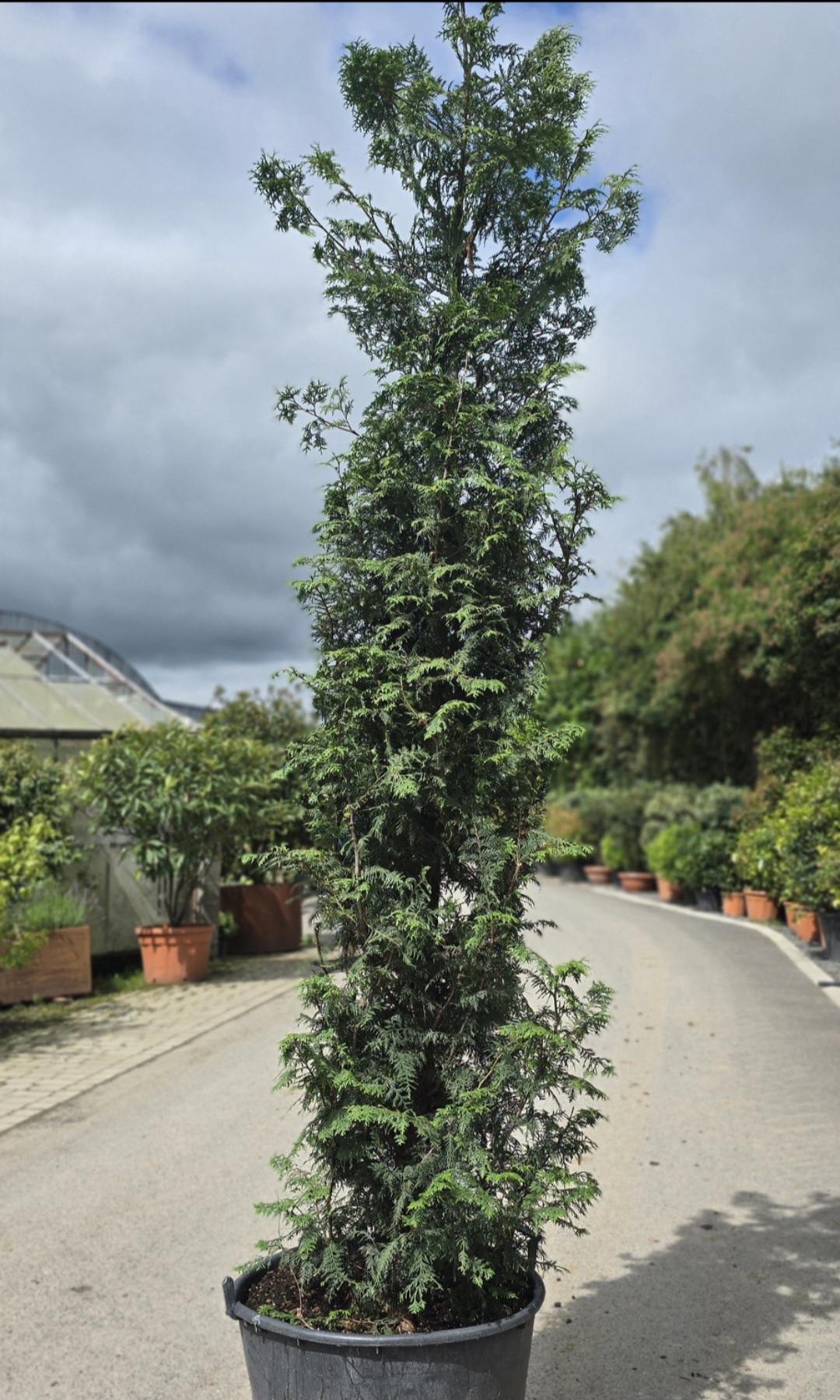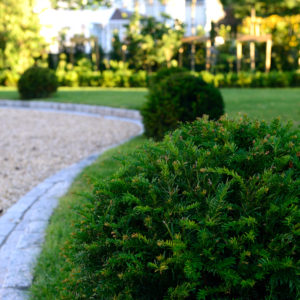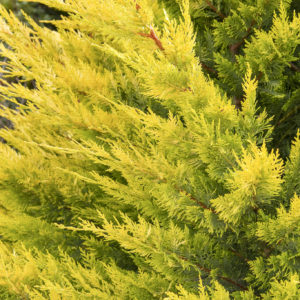Thuja ‘Gelderland’
€225.00
Frequently Bought Together

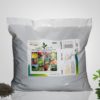
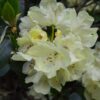
Description
Thuja ‘Gelderland’ (Gelderland Arborvitae)
Quick Facts
- Common Name: Gelderland Arborvitae, Gelderland Thuja
- Botanical Name: Thuja plicata ‘Gelderland’
- Plant Type: Evergreen Conifer
- Mature Height: 15-20m
- Mature Spread: 4-6m
- Flowering Period: April-May
- Flower Colour: Inconspicuous yellow-brown cones
- Foliage: Rich green, scale-like, aromatic
- Hardiness: RHS H6 (hardy in most of UK)
- Soil Requirements: Moist, well-drained, fertile soil
- Aspect: Full sun to partial shade
- Maintenance: Low
Description
Standing like a verdant sentinel in the Irish landscape, Thuja ‘Gelderland’ brings majestic presence and year-round structure to gardens seeking both privacy and natural beauty. This exceptional cultivar combines the classic elegance of Western Red Cedar with improved cold tolerance, making it perfectly suited to our changeable climate whilst providing reliable evergreen screening and windbreak protection.
The rich, emerald-green foliage forms dense, pyramidal growth that creates an impressive living wall, whilst the aromatic, scale-like leaves release their distinctive cedar fragrance when brushed against. Unlike many conifers, ‘Gelderland’ maintains its vibrant colour throughout winter, providing essential structure and wildlife shelter when deciduous plants have retreated. Its naturally neat habit requires minimal intervention, developing into a stately specimen that improves with age.
Named after the Dutch province where it was first cultivated, this hardy selection has proven its worth across European gardens for decades. Remarkably adaptable to Irish conditions, ‘Gelderland’ tolerates coastal exposure, urban pollution, and varying soil types whilst maintaining its dignified appearance. Fast-growing yet long-lived, it quickly establishes effective screening whilst developing into a magnificent mature specimen.
Plant in groups for dramatic hedging alongside Fagus sylvatica for seasonal contrast, or use as a stunning backdrop for Rhododendron and Camellia collections. Perfect for creating formal avenues, windbreaks, or as a magnificent standalone specimen that will anchor your Irish garden design for generations to come.
Caragh Garden Notebook
Plant in well-prepared soil enriched with organic matter. Space hedging plants 1.5-2 metres apart for dense screening, or allow 4-6 metres for specimen planting. Excellent for container growing in large planters (minimum 80cm diameter) using quality ericaceous compost mixed with garden soil.
Prefers slightly acidic to neutral soil (pH 5.5-7.0) but tolerates most well-drained conditions. Avoid waterlogged sites. Water regularly during first two years to establish strong root system. Apply balanced evergreen fertiliser in early spring and maintain mulch around base.
Light trimming in late spring to maintain shape if required for hedging. Remove any dead or damaged branches in late winter. Avoid cutting into old wood as regeneration is poor. For hedging, trim annually after new growth hardens.

